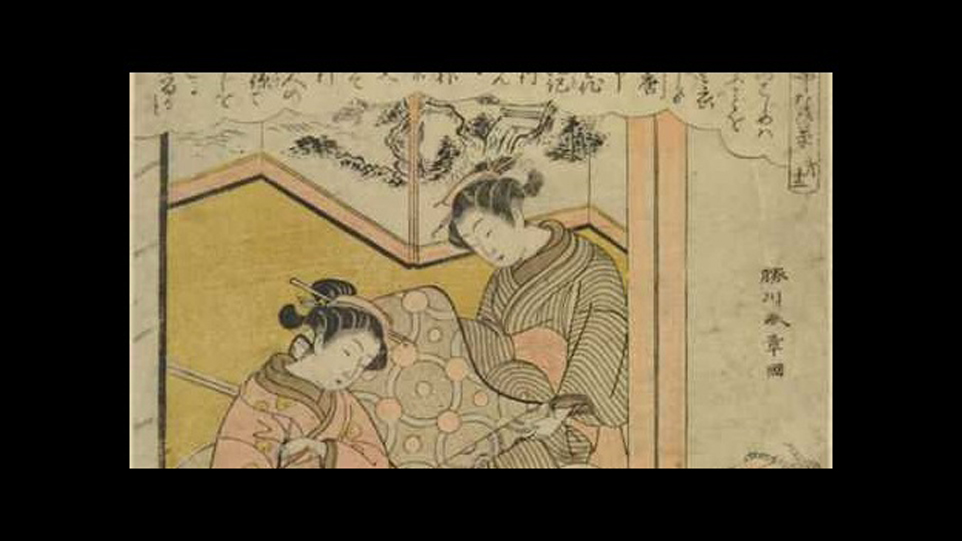
Patterns of Fashion
- 19 May 2020
- 19:15 - 20:30
- Knowledge Centre, The British Library, 96 Euston Road, London NW1 2DB
- https://www.bl.uk/events/patterns-of-fashion
- +44 (0)1937 546546
- boxoffice@bl.uk
- Tweet
Japan in the Edo period (1615–1868) witnessed a great flowering of the textile arts
Anna Jackson is the Keeper of the Asian Department at the Victoria and Albert Museum and the curator of Kimono: Kyoto to Catwalk (V&A, 29 February – 21 June 2020)
Japan in the Edo period (1615–1868) witnessed a great flowering of the textile arts. An increased market for luxury kimono provided a catalyst for both technical developments and the emergence of a vibrant fashion culture. The ruling military class were major consumers, but it was the merchant class who stimulated the enormous increase in kimono production. Prospering during the Edo period, they sought out the latest styles to express their affluence, confidence and taste.
The growing market was served by printed pattern books called hinagata-bon which contained illustrations of kimono with notes on colour and technique, some interspersed with images of the latest styles being worn. The books were used by makers and retailers, and by consumers who read them as we do modern fashion magazines. Woodblock prints of famous actors and courtesans, the style leaders of the day, were also produced in their thousands and sold very cheaply, allowing for the mass circulation of fashion information and inspiration. This talk will explore the fashionable world of Edo-period Japan and the important role played by pattern books and prints.
Image: An Echigoya merchant visiting two women Katsukawa Shunshō (1726–92) From the series The Cultivation of Silk Worms Edo (Tokyo), 1786 Colour print from woodblocks Lee Bequest, V&A.
Full Price: £11.00
Member: £11.00
Student: £5.50
Registered Unemployed: £5.50
Disabled: £5.50
Under 18: £5.50
Senior (60+): £9.50
Young Person (18-25): £5.50
